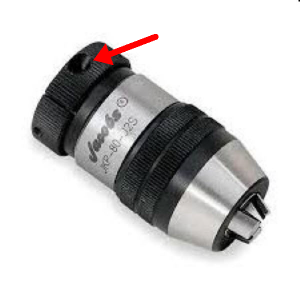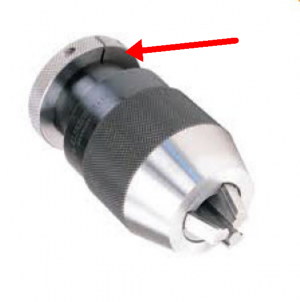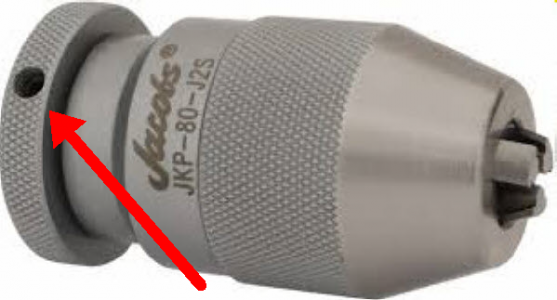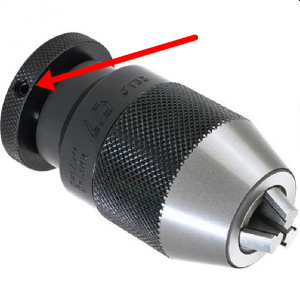- Joined
- Feb 16, 2014
- Messages
- 60
To the best of my knowledge, you will not find “any” chucks made today that have that threaded collar, especially the keyless ones…Dave
That is what Shars Tools told me when I asked about it.
Perhaps some photos of the knurled rings I am referring to on the back end of keyless chucks will help illuminate my question. I'd really like to know what those are for if someone here can tell me. On ones with the screw on a tangent to the chuck, the ring appears to be split. On the other type, with the setscrew heading radially inward, the ring appears to be solid. See attached.
Edit.......since posting this, I got a reply on Amazon from asking about these rings. The seller said on the chuck they were selling this ring is removable when disassembling the keyless chuck for cleaning or repair. So maybe that's what they are all for?




Last edited:


 I'll keep that in mind. I rarely do any mill work like that on the drill press because I have a mill for that kind of work. But if it comes down to needing to do that, I can always put the stock chuck with its locking collar back on the drill press for that job. Thanks.
I'll keep that in mind. I rarely do any mill work like that on the drill press because I have a mill for that kind of work. But if it comes down to needing to do that, I can always put the stock chuck with its locking collar back on the drill press for that job. Thanks.